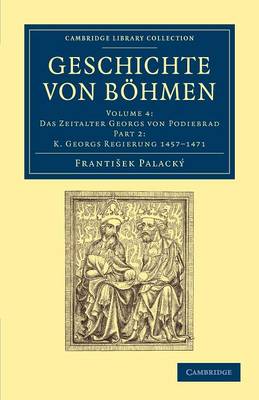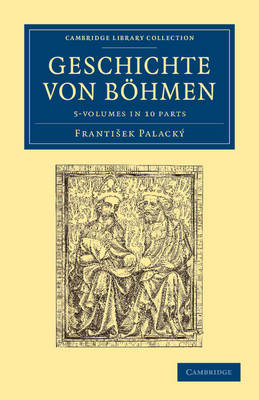Cambridge Library Collection - European History
9 primary works • 12 total works
Volume 1
Geschichte von Boehmen: Volume 1, Die Urgeschichte und die Zeit der Herzoge in Boehmen bis zum Jahre 1197
by Frantisek Palacky
Volume 2
Volume 2
Volume 3
Volume 3
Geschichte von Boehmen: Volume 3, Der Hussitenkrieg, von 1419-1431, Part 2
by Frantisek Palacky
Volume 3
Volume 4
Volume 4
Volume 5
Geschichte von Boehmen 5 Volume Set in 10 Paperback Parts
by Frantisek Palacky


